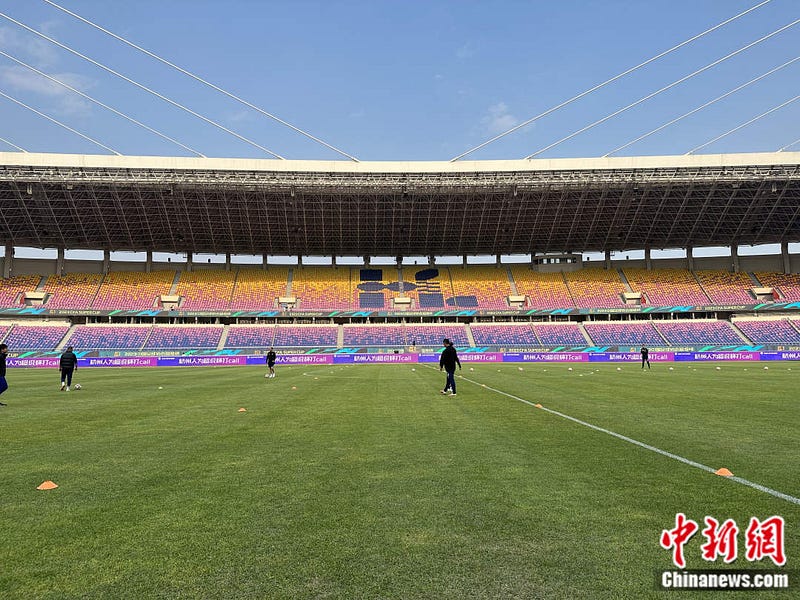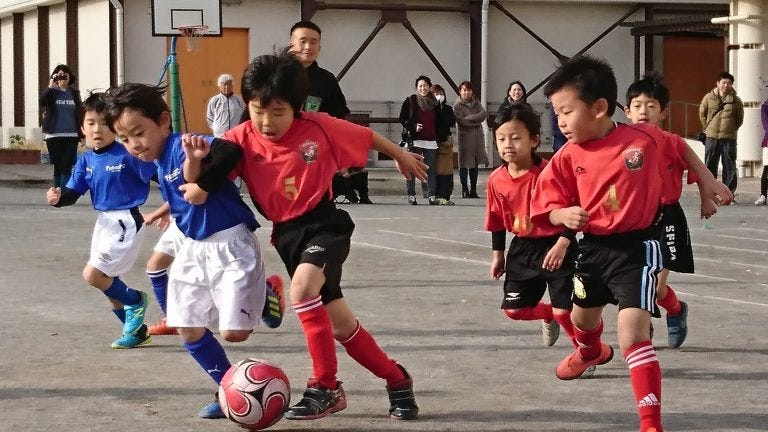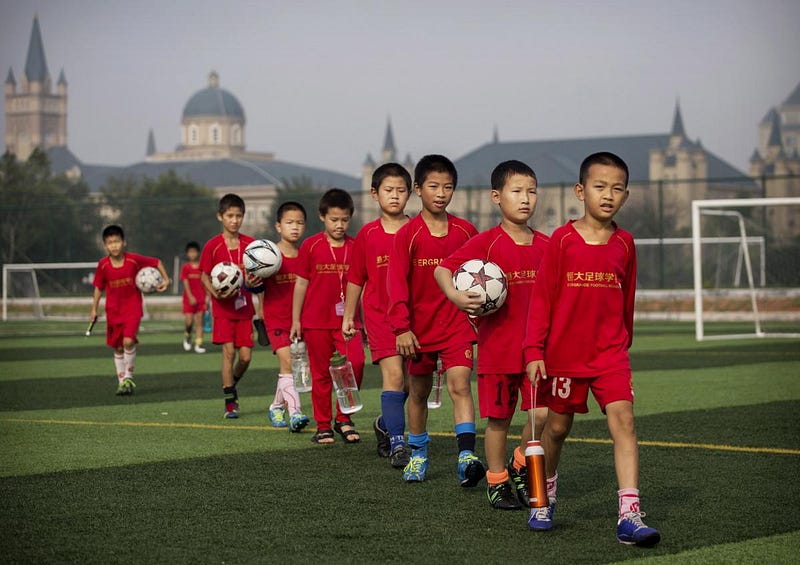
Football has always been a topic of interest to many Chinese people. The sport gained nationwide attention after China's fantastic opening in the 2002 FIFA World Cup. Unfortunately, the country has not progressed since then, with subsequent years fraught with turmoil in the form of naturalised players, the arrest of the national team coach, and the inability to qualify for the World Cup. Despite the Chinese government's significant investment in the sport, the question remains, why has Chinese football been unable to achieve the level of success that other countries have? This article will explore Chinese football's key challenges, compare it with Korea and Japan, and examine how China can learn from these nations' successful football development models.
China's Football Development Challenges
China's football development faces numerous challenges. The first challenge is the need for more talented players. China's vast population and economic power have yet to translate into footballing success, as there is a shortage of players with the required skills to compete at the highest level. In comparison, Japan and Korea have been able to cultivate an extensive pool of players who can compete at the highest level. They have succeeded by investing heavily in grassroots football development, identifying talent early, and then nurturing it.
Another challenge that China faces is the need for more professional football clubs. Japan and Korea have robust and well-structured professional football leagues that enable young players to gain exposure and experience playing against established teams. In contrast, the Chinese Super League (CSL) is comparatively new and still developing. Furthermore, it has had several issues, including financial mismanagement, corruption, and using foreign players past their prime.
China's third challenge is its need for more emphasis on youth development. Japan and Korea have vital football development programmes, with players starting their training at an early age. This early focus on football development enables them to master the game's fundamentals, including its technical, tactical, and mental aspects, producing quality players. On the other hand, China's emphasis has been primarily on the national team and its success in international tournaments.
Finally, there is an issue with the Chinese Football Association's governance, which has yet to develop a long-term football development strategy and needs to implement the necessary reforms to create a sustainable football ecosystem. For instance, the Chinese Football Association's decision to focus on naturalised players as a quick-fix solution has drawn criticism from many quarters.
Japanese and Korean Development Models
The development models of Japan and Korea have proven successful, and their teams have consistently ranked high in international tournaments. Here is an overview of their models:
Japan
Japan's development model is built on a foundation of grassroots football development, which identifies young players and nurtures their talents through structured programmes. Japanese schools actively participate in football development, with many schools having football teams. This system produces quality players, who progress to university football teams and, eventually, professional teams. Additionally, the Japanese Football Association emphasises the importance of developing players' character and sportsmanship.
Another essential aspect of Japan's football development model is the J-League. Established in 1993, the league has become one of Asia's most successful professional football leagues. The league's focus on developing local talent has been critical to its success. Furthermore, the league's "3+1 rule" has been instrumental in ensuring that clubs invest in local players, thereby creating a sustainable football ecosystem.

Korea
Korea's football development model emphasises the importance of developing talent from an early age. The Korean Football Association has invested heavily in grassroots football development, focusing on developing players' physical and technical skills. Like Japan, Korean schools participate actively in football development, with many schools having football teams. The Korean Football Association also strongly emphasises youth development and has established a nationwide network of football academies to nurture young talent.
In addition to grassroots football development, Korea has a solid professional football league, the K-League. Established in 1983, the company has successfully developed local talent, with many of its players progressing to play for the national team. The league's focus on youth development and nurturing local talent has helped create a sustainable football ecosystem.
Learning from Japan and Korea
China can learn lessons from Japan and Korea's successful football development models. The first lesson is the importance of grassroots football development. China must invest more in grassroots football development and identify talented players early. This can be achieved by establishing a structured school football development programme, creating football academies, and supporting amateur football clubs.
Secondly, China needs to focus on developing a robust professional football league. The CSL needs to be reformed to create a sustainable football ecosystem, with clubs investing in developing local talent. China must also create a competitive and attractive league that can attract quality players worldwide.
Thirdly, the Chinese Football Association must establish a long-term football development strategy focusing on youth development. The focus should be on developing players' technical, tactical, and mental skills, not just in the national team's success in international tournaments. Additionally, the Chinese Football Association needs to establish a network of football academies and ensure that these academies have adequate resources to develop young talent.

Finally, China needs to address governance issues in the Chinese Football Association and ensure that it has a long-term football development strategy. The association should establish a framework for monitoring and evaluating the football development programme's effectiveness and ensure that reforms are implemented.
Backlinks:













